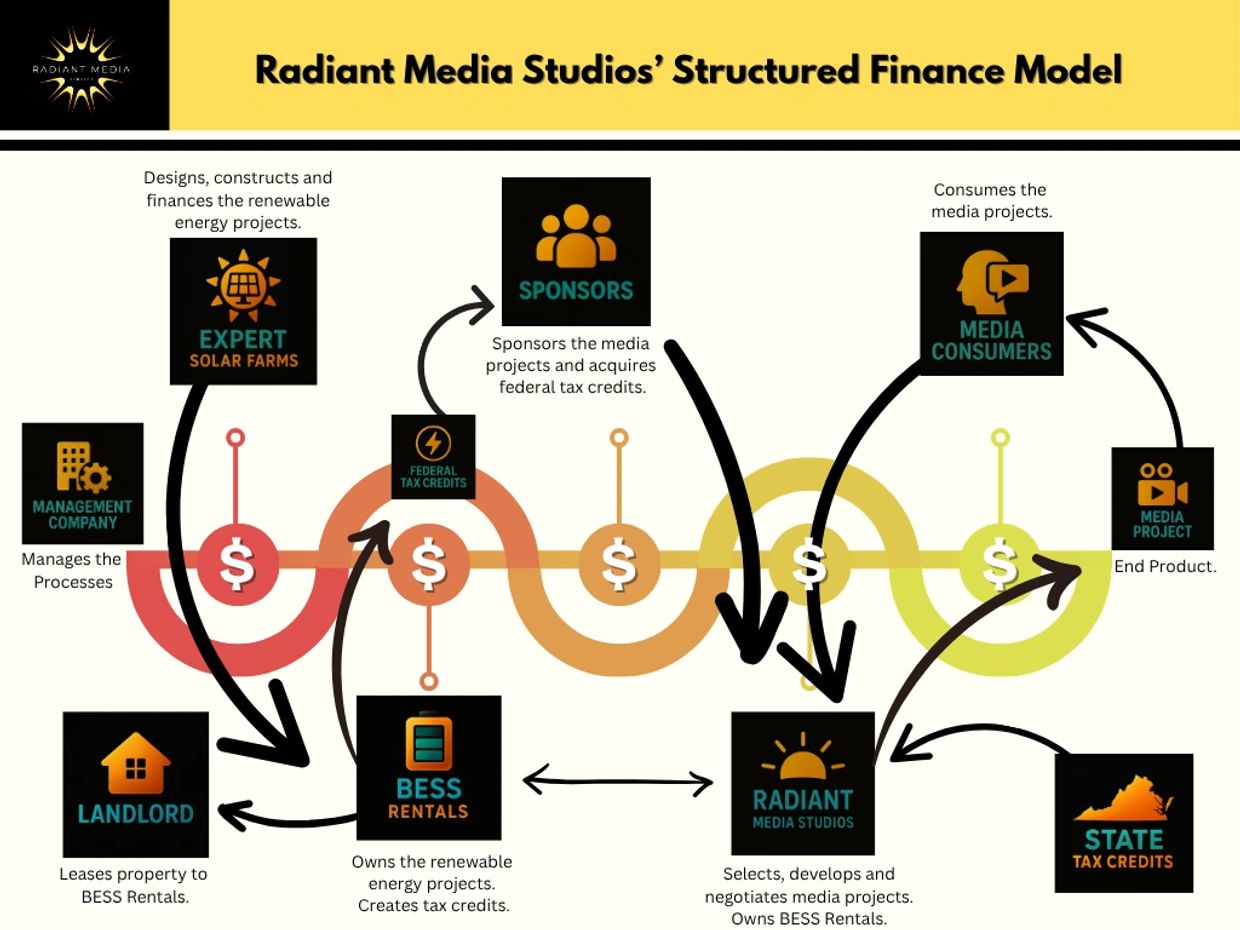Signed in as:
filler@godaddy.com
Signed in as:
filler@godaddy.com

Film finance is a complex, high-risk, high-reward endeavor involving multiple phases, each with its own capital requirements, sources of funding, and legal protections for investors. Understanding the distinctions between the development, production, and distribution phases is crucial for anyone considering investing in or managing a film project.

Development is the earliest and riskiest phase of a film project. This stage covers idea generation, screenwriting, securing intellectual property rights, packaging (attaching key talent such as directors or lead actors), budgeting, and initial marketing strategies.
Credits Value: Executive Producer credit at this stage is significant. It can serve as a powerful résumé builder and an entrée into deeper industry relationships, valuable for networking and future projects.

Production involves the actual creation of the film: pre-production, principal photography, and post-production.
Credits Value: Producer credit becomes paramount here. It often implies significant creative and financial involvement, enhancing industry credibility and future funding opportunities. Executive Producer credits are also awarded to major financiers or talent attachments who helped raise significant capital.

Distribution is about delivering the finished film to audiences via theaters, streaming platforms, physical media, or television.
Credits Value: While credits play less of a financing role at this stage, distributors may negotiate for "in association with" or "presented by" credits for brand alignment. Executive Producer credits from early stages remain important to signal professional endorsement.

Radiant Media Studios
The RΛDIΛNT MEDIΛ STUDIOS tradename and trademarks are property of HP Events LLC - Virginia Beach, VA - All Rights Reserved.
Powered by the Stars